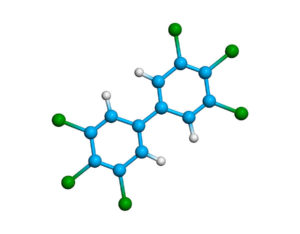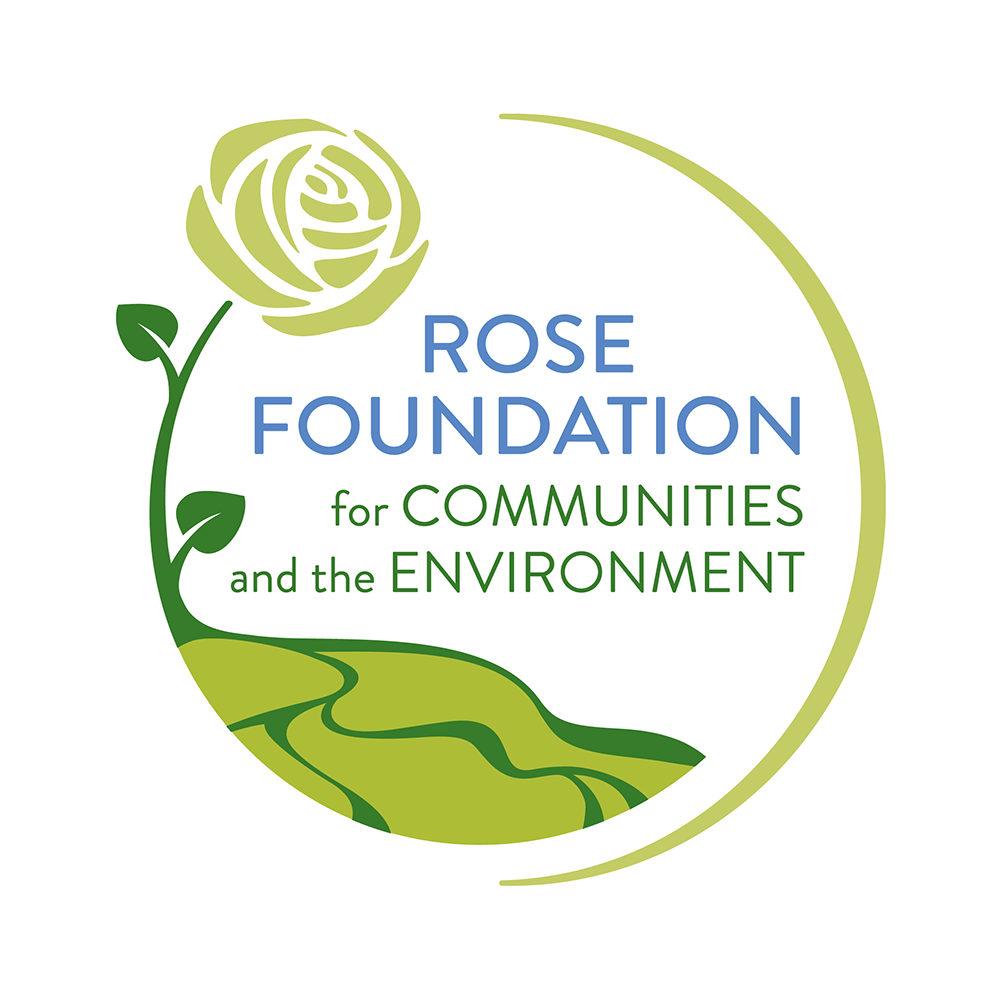 Human consumption of fish and wildlife containing polychlorinated biphenyls (PCBs) can cause skin rashes, reproductive disorders, and neurological and behavioral problems. They are also a probable human carcinogen.
Human consumption of fish and wildlife containing polychlorinated biphenyls (PCBs) can cause skin rashes, reproductive disorders, and neurological and behavioral problems. They are also a probable human carcinogen.
Scientists refer to PCBs as a persistent bio-accumulative pollutant because they remain in the environment for several decades and they accumulate in the lipids (fats) of fish and other animals.
PCBs were first produced in 1927, commercially manufactured in 1929, and banned in 1979. They are a human-made compound used in transformers, capacitors, paint additives, lubricants, adhesives, and many other applications. PCBs were commonly used in these products because they do not burn, break down or conduct electricity.
There are 209 individual forms of PCBs, known as congeners. In the U.S., PCBs were produced almost exclusively as Aroclors. Although banned, “inadvertent PCBs” are still produced as by-products or contaminants from manufacturing other products, e.g.—pigments in packaging and newsprint, oil and caulking. The National Toxicology Program, a division of the National Institute of Environmental Health Sciences, is currently evaluating PCB 11 for potential toxicity.
